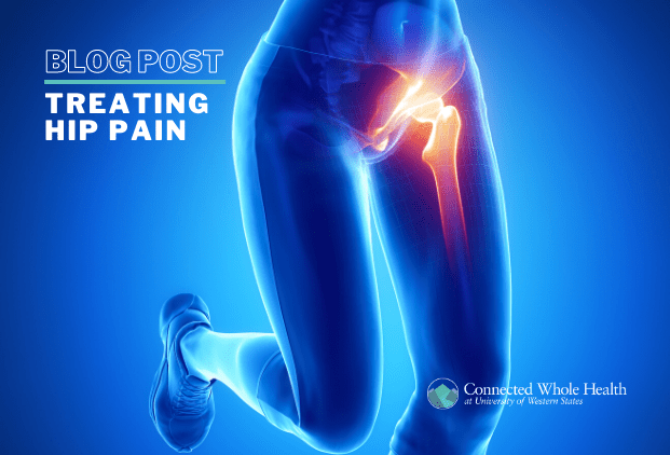
April 6, 2023
Treating Hip Pain
The hip joint is designed to withstand substantial wear and tear and repeated motion. It fits together to allow for fluid movement. When you move, it has a cushion of cartilage to prevent friction. And although this ball-and-socket joint is the body’s largest with a functional design, it’s not indestructible.
Causes of Hip Pain
Hip pain can result from a number of factors. Abnormalities of the soft tissues, joints, bones, nerves, and blood vessels of the hip can all result in pain. Some diseases can cause pain in the hip, such as arthritis, trochanteric bursitis, and shingles. Trauma or injury to the hip can cause pain. Hip pain may also be a result of a problem with the spine or back. Any illness or injury that causes inflammation in the hip joint space will cause the space to fill with fluid and stretch the hip capsule lining, resulting in pain. Just like any other joint cartilage, the cartilage can wear away or tear and become the source of pain. Plus, hip pain may be due to other structures outside the hip joint. For example, a femoral hernia or inflammation of the sciatic nerve can cause hip pain. A healthcare professional is required to identify the root cause of hip pain.
Symptoms of Hip Pain
- Discomfort in your buttocks, inside the hip joint, outside the hip joint, thigh or groin.
- Pain from other areas of the body can radiate to the hip.
- Pain may worsen with activity, and you may have a reduced range of motion
- You may develop a limp from chronic hip pain.
If you’re suffering from hip pain, turn to Connected Whole Health‘s team of Chiropractic Sports Diplomates and Certified Chiropractic Sports Physicians.
✒️ Chief Editor: Dr. Bill Moreau | DC, DACBSP, FACSM | Chief Medical Officer
